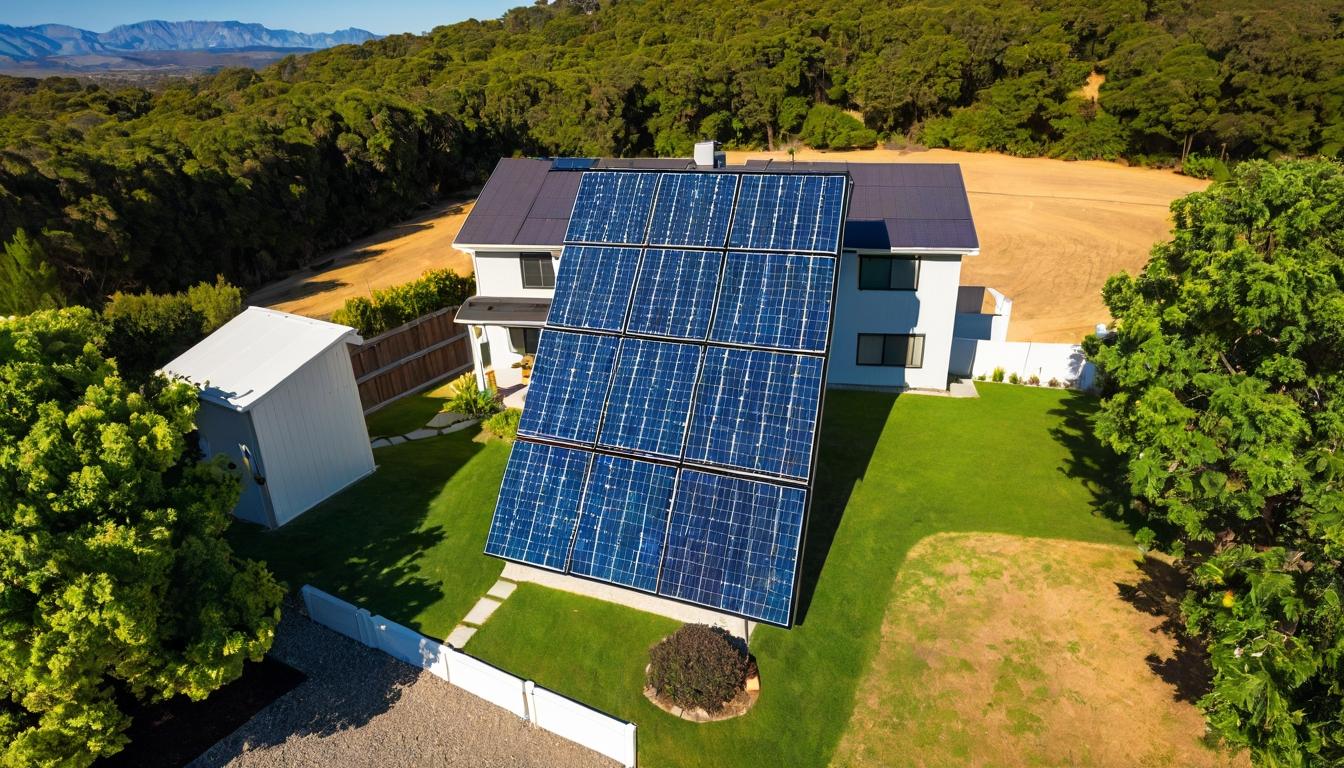Across suburban neighborhoods and rural farmlands, a quiet transformation is underway that most people driving by barely notice. Solar panels are appearing on rooftops, carports, and open fields at a pace that would have seemed unimaginable just a decade ago. This isn't just about environmental consciousness—it's about economics, energy independence, and technological innovation converging in ways that are reshaping how Americans power their lives.
The economics of solar have reached a tipping point that's driving adoption beyond the early adopters and environmentally conscious. With installation costs dropping nearly 70% over the past decade and electricity rates continuing their steady climb, the financial case for solar has become compelling for middle-class homeowners. The math works even without considering the environmental benefits—a reality that's bringing solar into mainstream consideration for families who previously saw it as an expensive luxury.
Manufacturing innovations are driving much of this change. The solar panels being installed today are dramatically more efficient than those from just five years ago, with new cell designs and materials pushing conversion rates above 22% for premium models. Bifacial panels that capture light from both sides are becoming more common, while perovskite solar cells promise another leap forward in efficiency and cost reduction. These aren't incremental improvements—they're game-changers that make solar viable in regions with less-than-ideal sunlight.
Storage technology has emerged as the missing piece that makes solar truly practical for everyday use. The latest lithium-ion batteries can store excess solar energy with impressive efficiency, allowing homeowners to power their homes through the night and during grid outages. This development transforms solar from a supplemental power source to a primary one, giving households energy independence that was previously impossible. The combination of solar and storage is creating microgrids that can operate independently when needed.
Community solar projects are bringing the benefits to renters and those with unsuitable roofs. These shared solar gardens allow multiple households to subscribe to a single large array, receiving credits on their electricity bills for the power generated. This model is particularly important for expanding access to low-income communities and multifamily housing residents who would otherwise be excluded from the solar revolution. States are increasingly mandating that utilities offer community solar options, recognizing that not everyone can host panels themselves.
The regulatory landscape continues to evolve in ways that both help and hinder solar adoption. The federal investment tax credit remains a powerful incentive, though its phased reduction creates urgency for those considering installations. Net metering policies—which determine how solar owners are compensated for excess power they send to the grid—vary dramatically by state and utility, creating a patchwork of economic viability. These policy differences explain why solar adoption rates vary so significantly across state lines.
Commercial and industrial solar installations are growing even faster than residential systems. Businesses are recognizing that solar makes financial sense beyond just public relations benefits. Large retailers, manufacturers, and agricultural operations are covering their parking lots and warehouse roofs with panels, reducing their operating costs while demonstrating environmental commitment. For many companies, the return on investment now beats traditional capital projects, making solar a straightforward business decision.
Solar is also creating new economic opportunities in installation, maintenance, and manufacturing. The industry now employs hundreds of thousands of Americans across all fifty states, with jobs ranging from engineering and sales to construction and electrical work. These positions can't be outsourced—they require local presence and hands-on work. As the industry matures, career paths are becoming more defined, offering stable employment in a growing field.
The environmental benefits extend beyond just reducing carbon emissions. Solar installations can provide secondary benefits like reducing water consumption compared to conventional power plants, preserving habitat when properly sited, and reducing air pollution that affects public health. When installed on buildings, they can reduce cooling costs by shading roofs, creating additional energy savings beyond the electricity they generate.
Looking ahead, the integration of solar with electric vehicles creates synergistic benefits that amplify the value of both technologies. Homeowners with solar can charge their EVs with sunlight rather than grid electricity, dramatically reducing transportation costs while minimizing environmental impact. Smart charging systems can optimize when vehicles draw power, using EV batteries as additional storage capacity for the solar system. This convergence of clean energy and clean transportation represents the next frontier in household energy management.
The solar revolution is happening faster than most people realize, driven by technological advances, economic realities, and growing public acceptance. What began as a niche technology for environmental pioneers has become a mainstream energy solution that's transforming how Americans think about power. The quiet hum of inverters converting sunlight into electricity is becoming the sound of energy independence, cost savings, and environmental responsibility—all wrapped into sleek black panels that are increasingly part of the American landscape.
The solar revolution is quietly transforming American rooftops and landscapes

